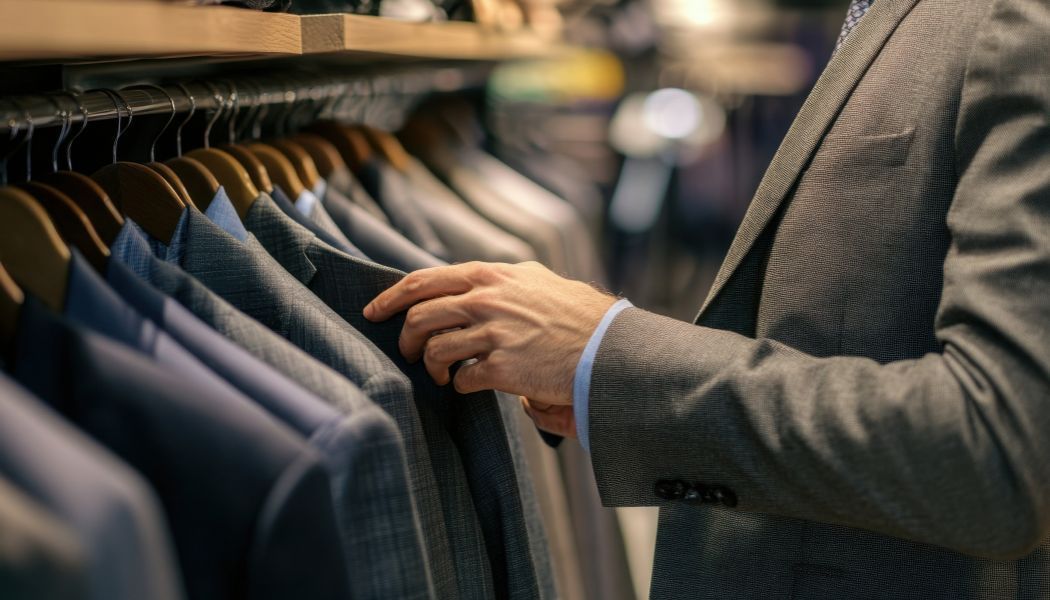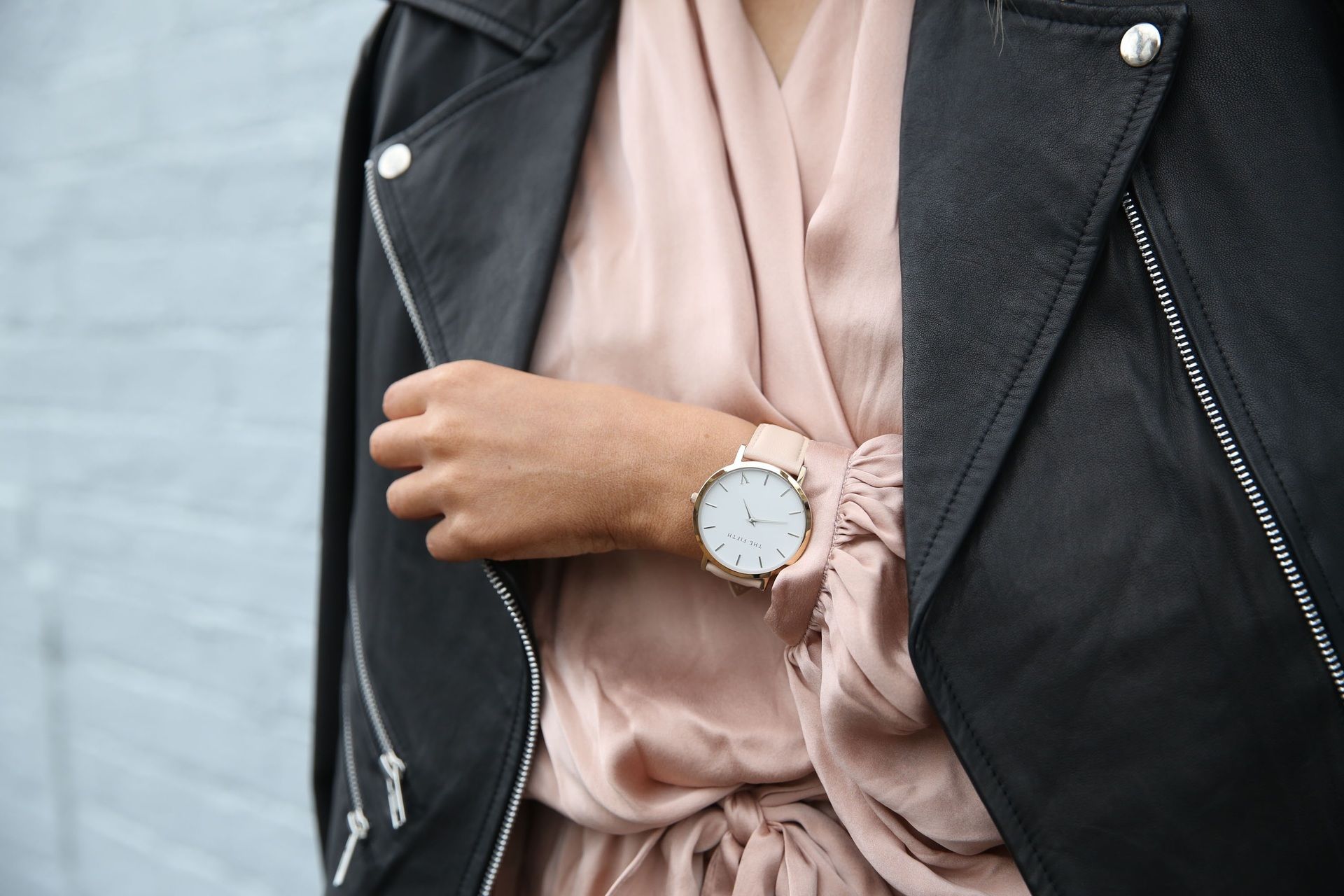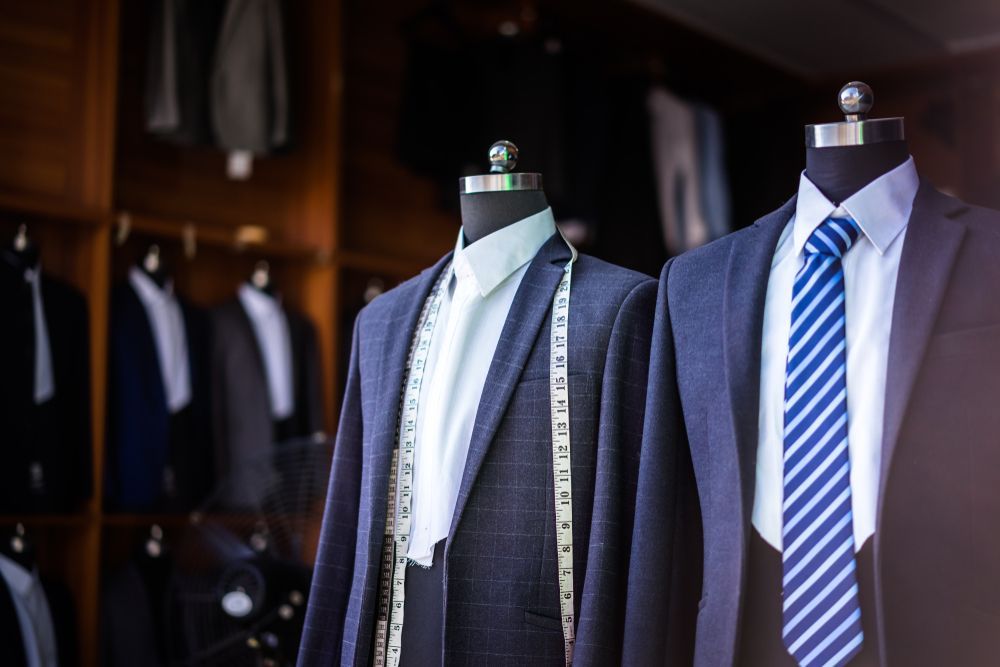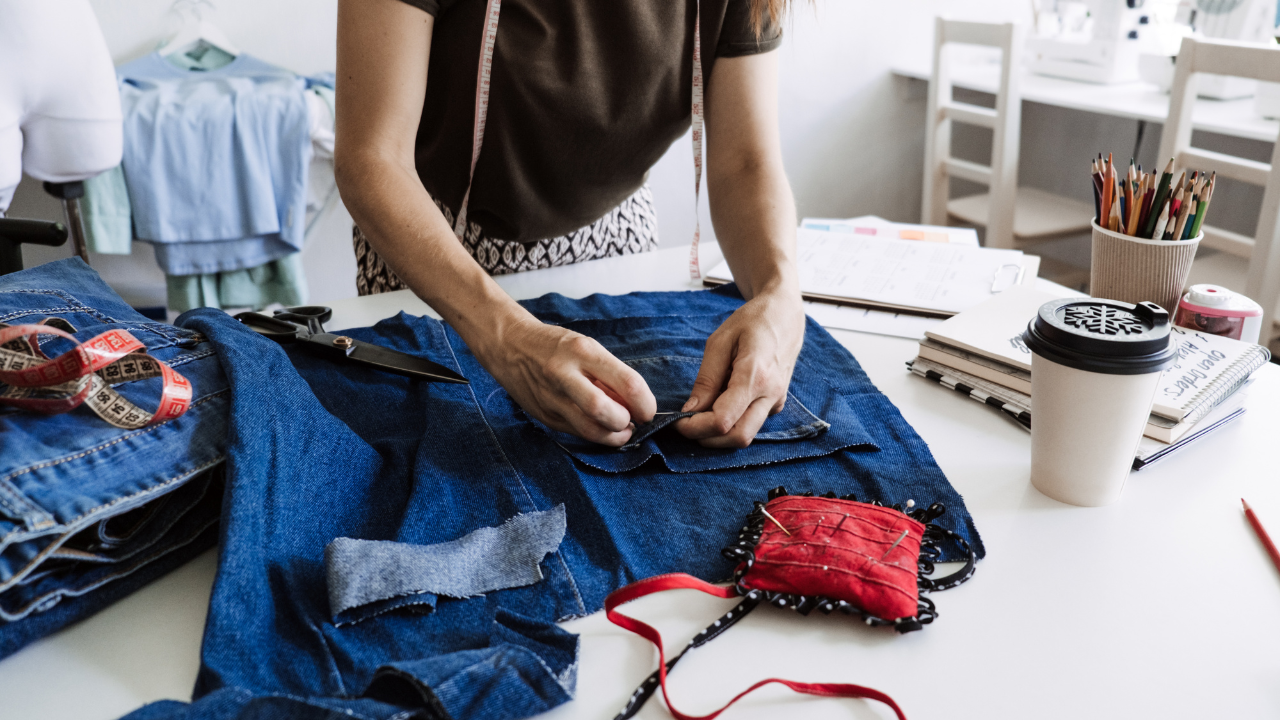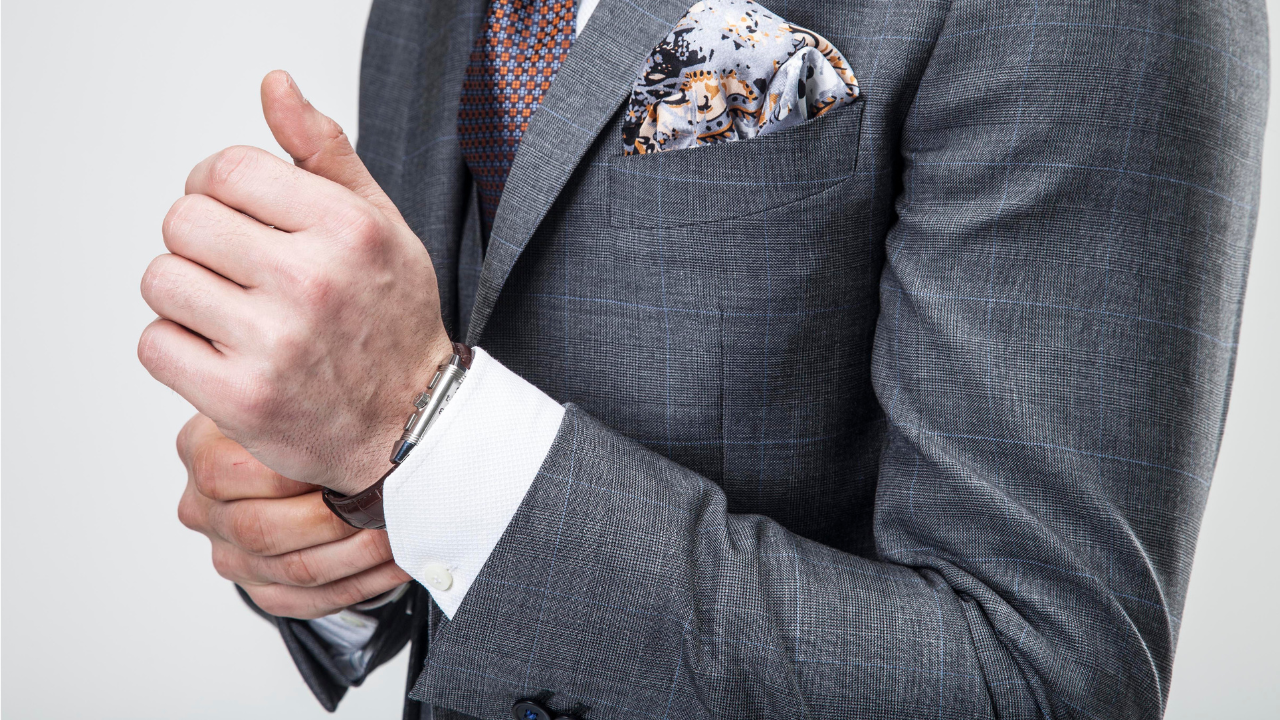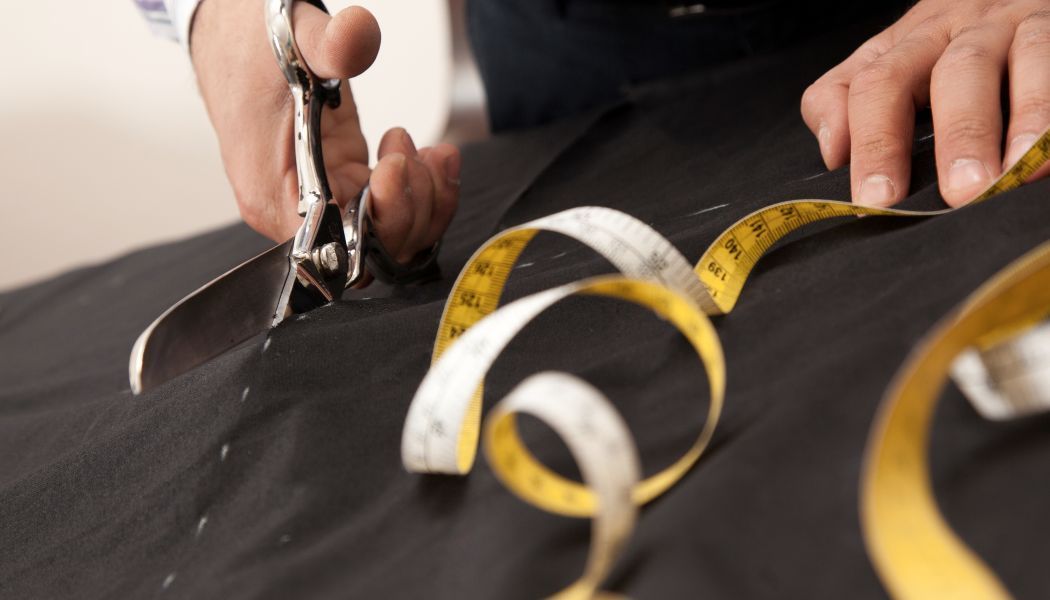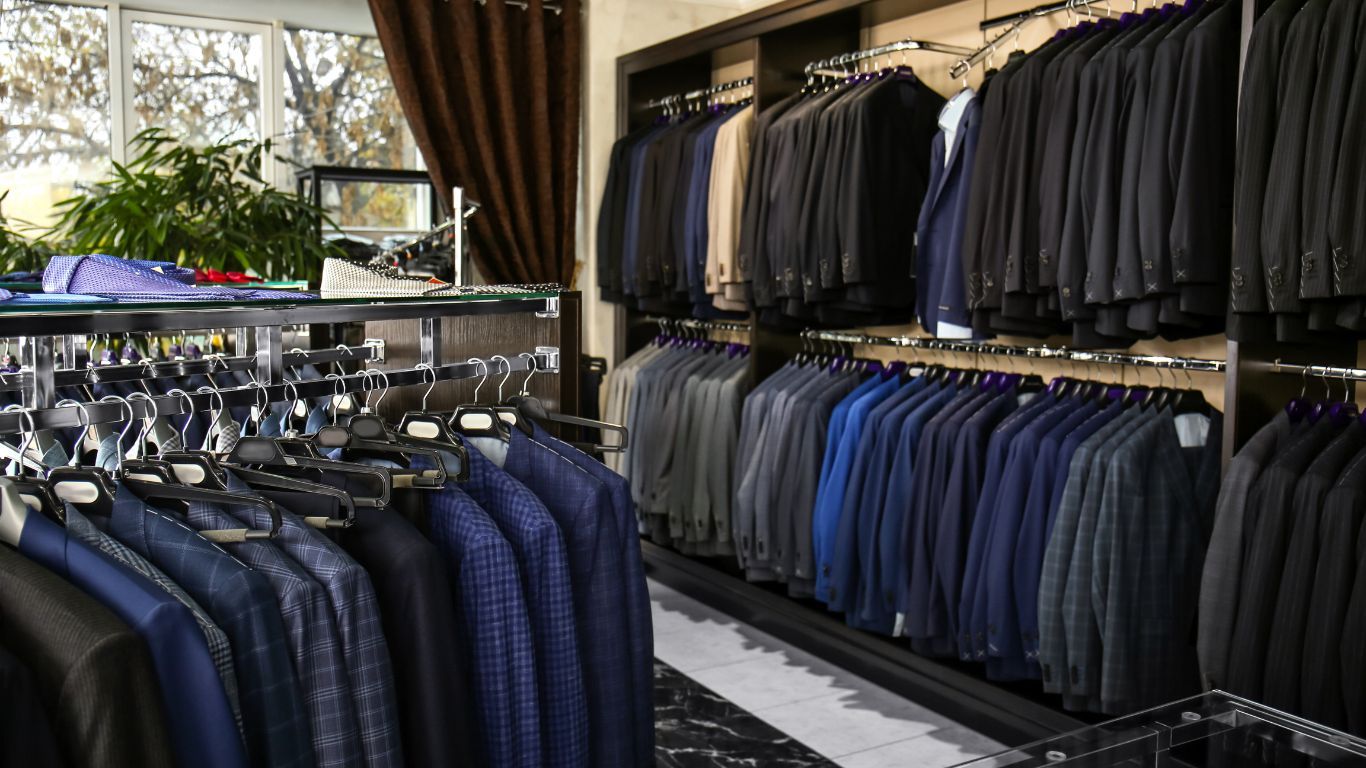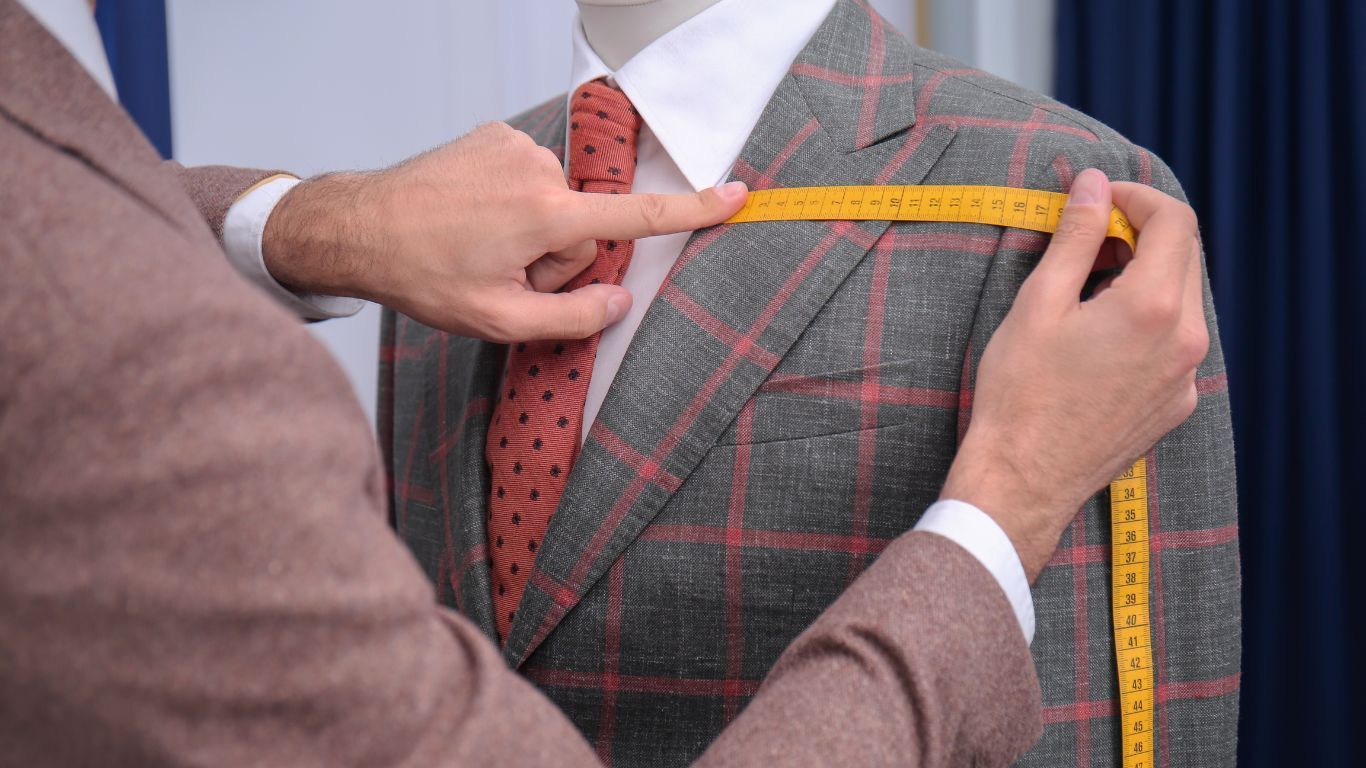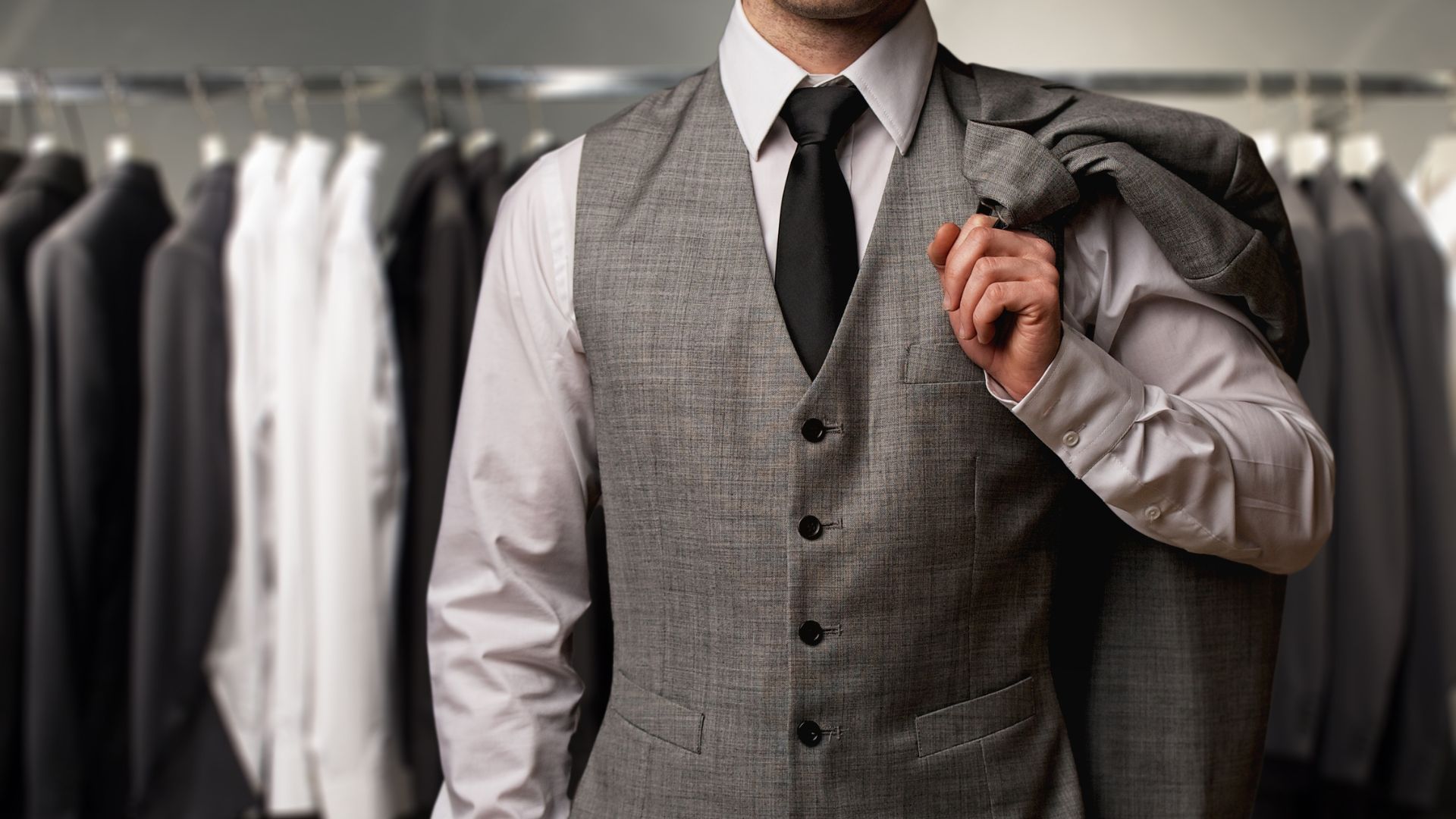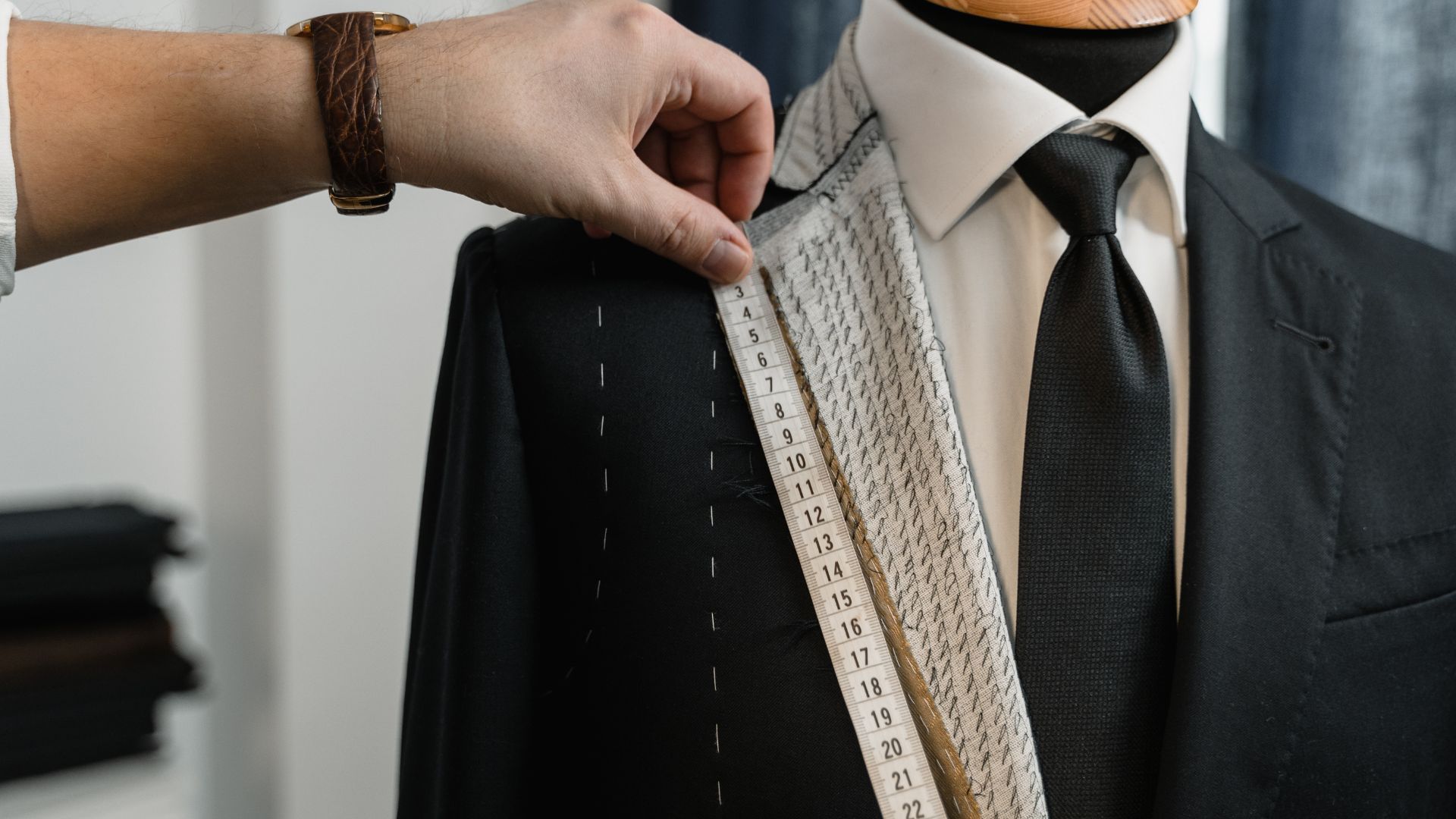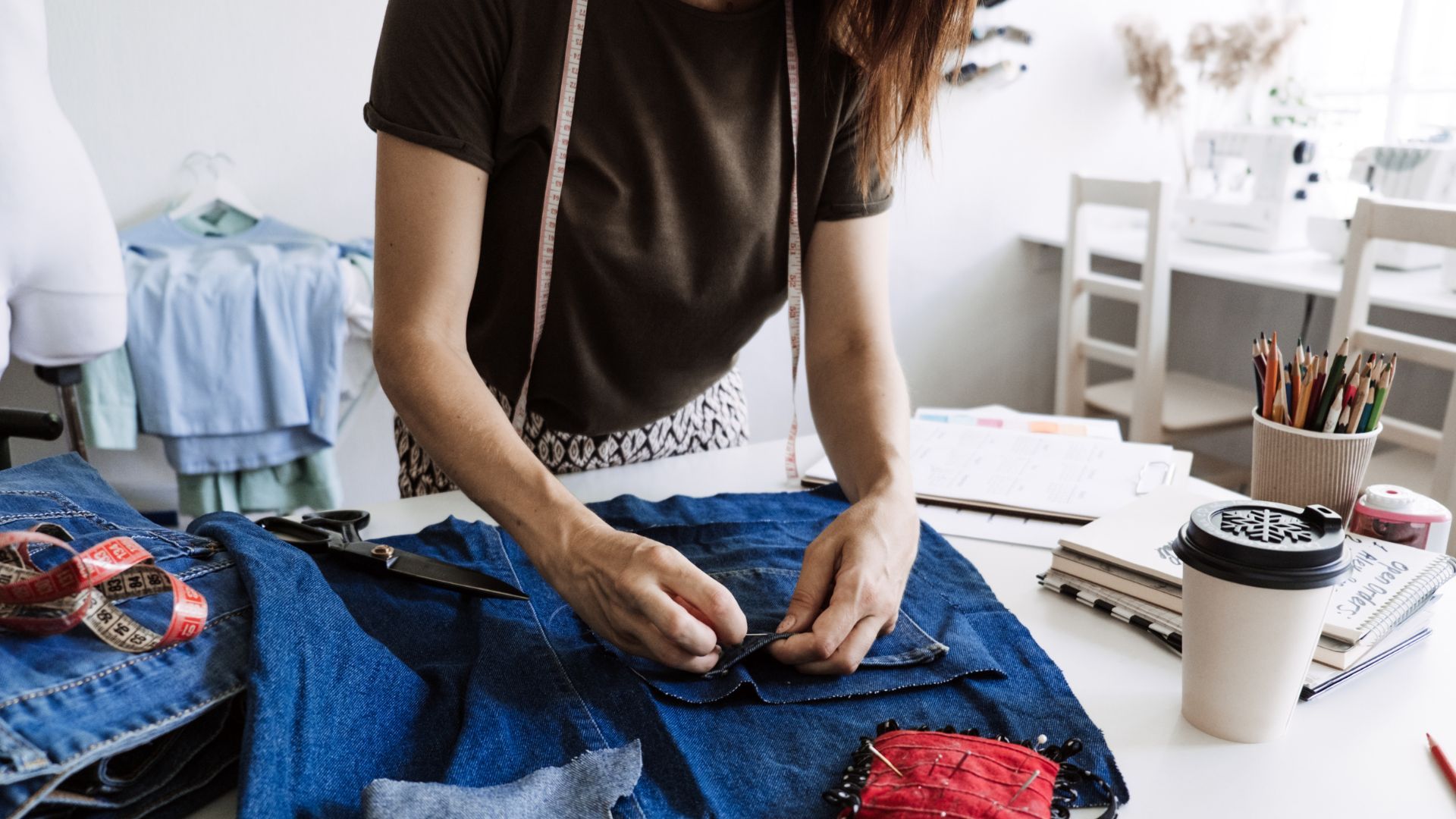The Essential Shirt Guide
The Essential Shirt Guide: How Many Should a Gentleman Own?
Without enough dress shirts, a man faces the worrying risk that sometimes they quite simply won’t have something to wear. Yet surprisingly, many men struggle with building an appropriate shirt collection. How many should you own? Which colours are essential? What styles work best for different occasions?
These are all good questions that people often overlook, but you’ll certainly be grateful if you go to the effort of getting this right.
The Magic Number: 20
For the corporate professional, the ideal number might surprise you: 20 shirts. That might sound excessive. After all, there are seven days in a week and you’re only going to need one shirt per day under most circumstances. However, it is a practical target. Here's why: A four-week rotation gives you enough variety while ensuring you're never caught short between laundry cycles.
With 20 shirts, you can wear five per week, send them for cleaning, and still have three more sets in rotation. This system provides buffer time for laundering and, additionally, prevents you from wearing your favourite shirt out too quickly. Think about this – why is it always your favourite shirts that need to be replaced the most frequently? Because you’ll typically default to them. With enough variety in the wardrobe, however, you’ll naturally spread your wearing habits out more.
The Essential Colour Palette
Not all shirts are created equal. The foundation of any gentleman's wardrobe should include:
- 5 White Shirts: The ultimate classic. Versatile enough for any occasion, from board meetings to weddings.
- 5 Blue Shirts: Specifically powder blue or baby blue. These pair beautifully with navy or charcoal suits, checks, and stripes.
- 1-2 Pink Shirts: A subtle pink adds personality while remaining professional.
- Several Patterned Options: Including fine checks and gingham designs for more casual workplace settings or "Friday casual day."
This carefully curated selection ensures you'll have appropriate options for any business setting while maintaining enough variety to express your personal style.
Collar Considerations
With fewer men wearing ties regularly, collar style has also become a key consideration for the wardrobe. Here are the key styles to consider:
- Long Point Collar (7-8cm): Excellent for the no-tie look while maintaining structure.
- Cutaway Collar: A classic that works beautifully with or without a tie.
- Button-Down Collar: The quintessential American style, perfect for a more casual business look or preppy weekend wear.
Your face shape and neck length should influence which styles predominate in your collection, but having variety gives you options for different looks and occasions.
The Pocket Debate
Should a dress shirt have a pocket? While approximately 80% of our bespoke customers prefer the clean lines of a pocketless shirt, there's practicality in having at least a few with pockets. They're particularly useful for temporarily storing business cards or small items without disrupting the line of your jacket.
Cuff Considerations
For your formal white and blue shirts, double (French) cuffs add elegance and provide an opportunity to showcase tasteful cufflinks. For more casual options like checks and ginghams, single cuffs offer practicality and a more relaxed appearance.
Beyond the Office
While those 20 shirts form your corporate arsenal, your wardrobe should also include shirts for non-work occasions. Weekend shirts should be cut differently—a little shorter to be worn untucked with jeans or chinos, and with a fuller, less tapered fit for comfort and casual style.
Quality and Longevity
When investing in quality shirts, you have options. Japanese cottons provide structure and durability with their slightly more rigid texture, while superfine Italian fabrics offer luxurious softness and drape.
Regardless of your preference, remember that your favourite shirts will inevitably wear out first, even with the fully-stocked wardrobe. And this is another reason to have plenty of shirts to hand. You may realise one day that the collar and cuff condition is no longer up to standard. So you can discard that shirt and still have plenty to wear until you can make another trip to your tailor. Too often men are caught out having to wear worn-down clothing because they haven’t got anything else on the shelf ready to go.
The Final Touch
Building a thoughtful shirt collection isn't about following trends—it's about creating a versatile, practical wardrobe that serves your professional and personal needs. Whether you prefer the crispness of white, the versatility of blue, or the personality of patterns, your shirts should reflect both your professional requirements and personal style.
Remember, a truly well-dressed man isn't the one with one expensive shirt, or a wardrobe of dozens of random pieces of clothing taken off the rack. It's the one whose shirts are thoughtfully selected, properly maintained, the shirt alterations are tailored to suit, and, ultimately, confidently worn.
